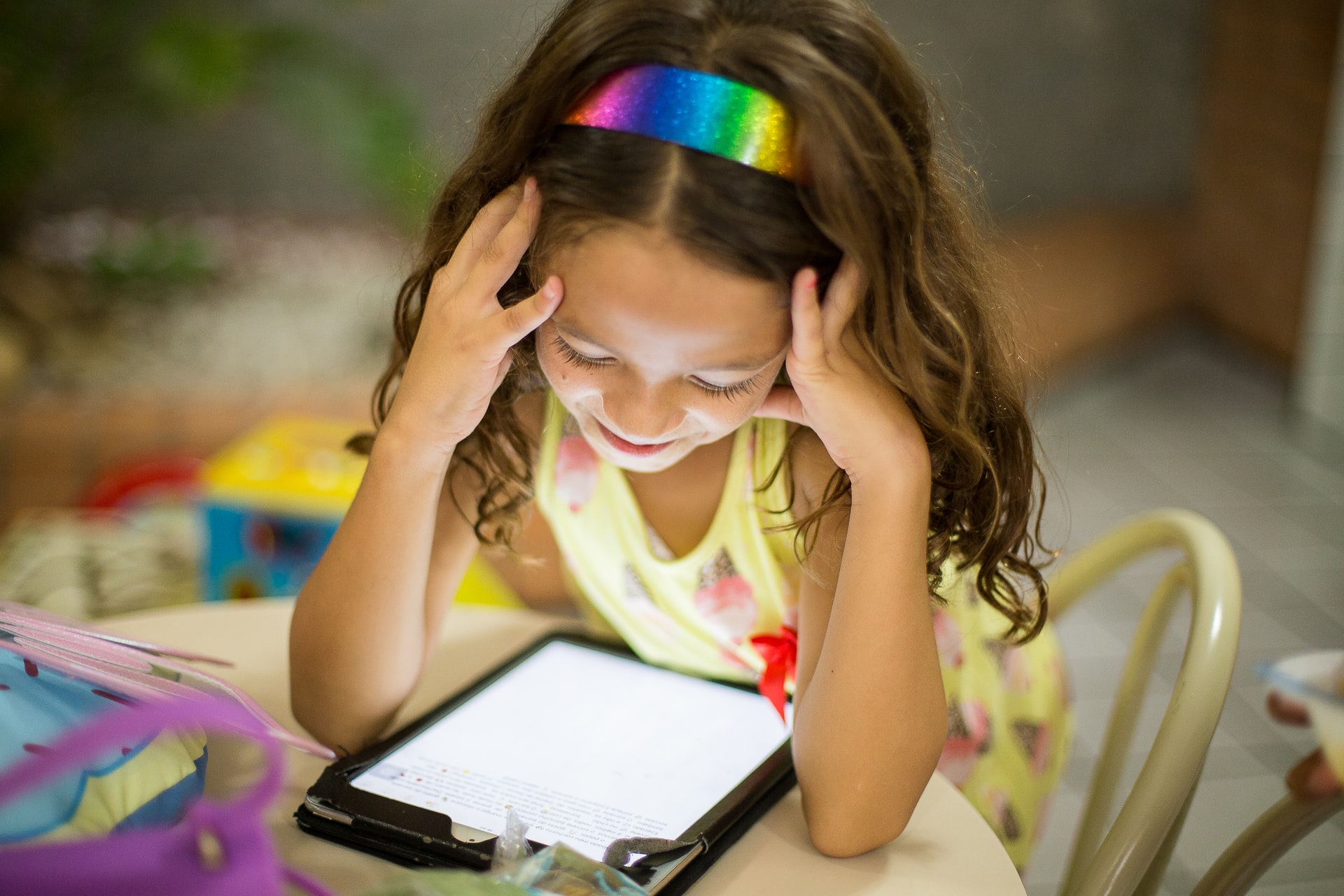What’s often not considered, however, is the importance of that media. What should not be shown to children is debated, and passionately so; the topics of censorship and inappropriate audiences/material are so normalized in mainstream society today that it’s nearly impossible to venture online without encountering them.
The other side of that coin, the positive side, is unfortunately frequently overlooked, as is human nature. We spend so much of our time and energy debating what should and should not be shown that we never stop to think to lead by example with what should be on offer. One such example would be the Cartoon Network show created by Rebecca Sugar, Steven Universe.

First, a summary of the show: Steven Universe centers around, you guessed it, Steven Universe as he navigates his chaotically magical daily life. Steven is a hybrid, half human and half gem, which is a breed of space-faring creatures from the planet Homeworld. With his companions Garnet, Amethyst, and Pearl, Steven learns how to use his powers, how to grow up, and how to cope with the complicated legacy his mother left behind, all while fighting monsters, enemy gems, and the typical problems of teenagehood.
There are those who oppose the show based on its inclusion of openly queer characters and relationships.
Now, when it comes to children’s entertainment specifically, there is much controversy over what should be shown, and Steven Universe is no exception. In typical fashion, there are those who oppose the show based on its inclusion of openly queer characters and relationships. Steven Universe, and its sequel series Steven Universe: Future both showcase an array of relationships that exist outside the heteronormative blueprint. From blatant lesbian relationships like Ruby and Sapphire, to more complex relationships like that of Sadie, a cisgender female dating Shep, a nonbinary person, what the show refuses, and has always refused to do, is be apologetic about showcasing such diversity.
Steven Universe’s history with out-and-proud representation goes back to the show’s very beginning, when it was only hinted that Pearl had feelings for Rose Quartz, the late leader of the Crystal Gem rebellion. In its later days, the show progressed to the point of showing a wedding, kiss scene included, between two female characters on screen. Granted, this action cost Rebecca Sugar her contract with Cartoon Network, causing her to rush the ending of the series, but even then it was no unsatisfactory conclusion. The point is, Sugar didn’t back down and, because of that, queer kids all over the world got to see a moment that was theirs, on screen, and that has an impact that cannot be overstated.
Just try to imagine, for a moment, what it would feel like to a little queer child. There you sit, in the epitome of confusion and chaos about your identity, with anything from internal confusion to external hatred from other people. One of the few constants in your life, television shows, depict nothing but people who aren’t like you. Every cartoon, every reality show, every Disney movie, they’re filled to the brim with “normal” heteronormative content: straight characters, straight relationships, straight, nuclear families. But on this day, in this show, you get a non-nuclear family with three mother figures, a lesbian wedding that doesn’t hide the kiss, characters who are not cisgender and are not apologetic, and so much more.
Inclusivity is not a thing of the future, it is a necessity of the present.
Suddenly, representation is not the subject of dreams, it is reality. Inclusivity is not a thing of the future, it is a necessity of the present. No matter what type of queer you are, no matter how accepting or unaccepting the people around you are of it, there is media you can see that has people like you. And, to a queer child, especially one growing up in an unaccepting, closed-minded world, that means everything.
So, the next time you watch a show and dub a queer story or plot point or character as “unnecessary”, imagine how you would feel if the script was flipped. If everyone on screen was gay, all the time, in everything, and for once you got a character that was straight, like you, just for everyone to dub them unnecessary.
Everyone deserves to feel seen and represented in the media they consume, because we don’t get a choice in existing. The only choice is the one you have of how to treat us, and our characters, for doing so.
Image credits: Steven Universe and Patricia Prudente

